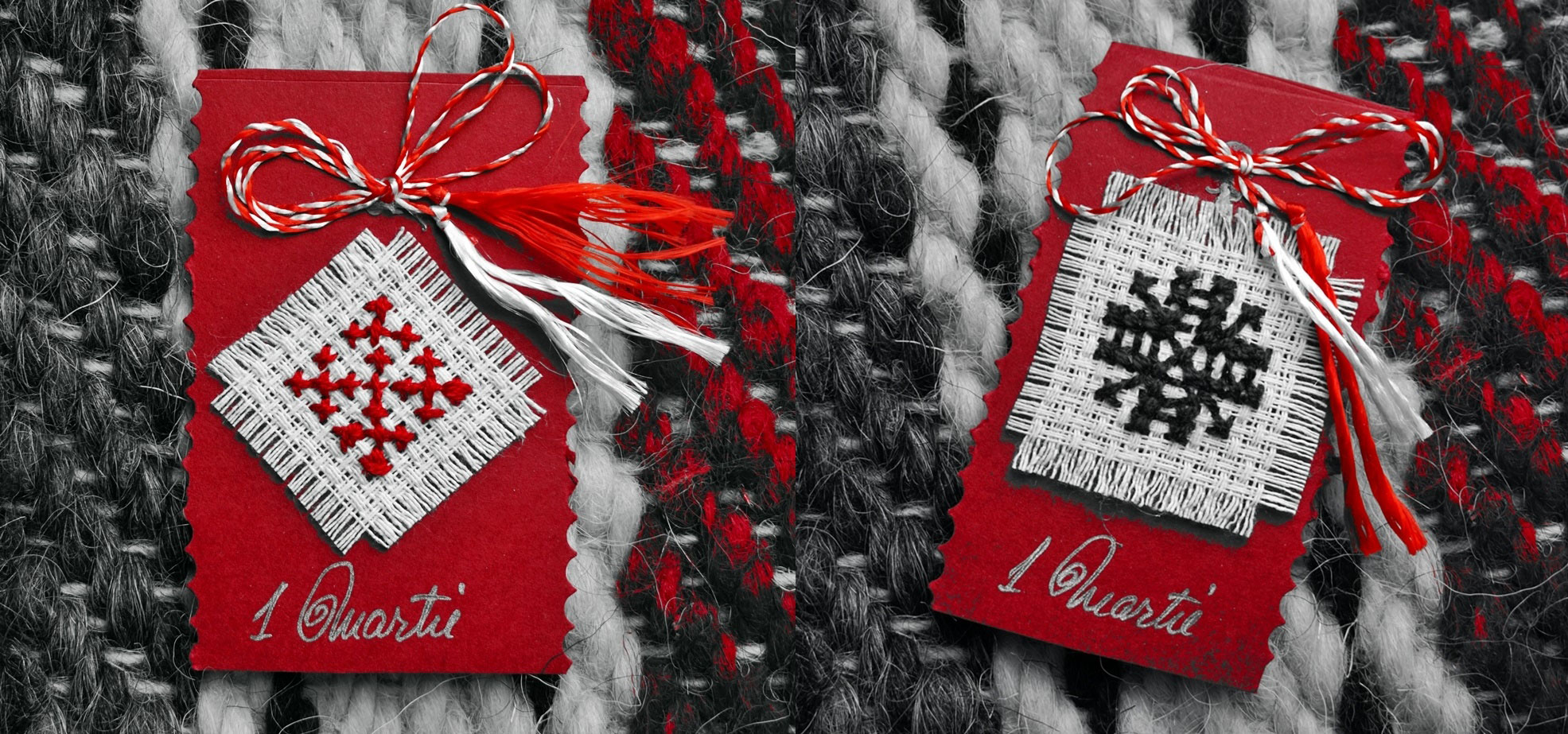One of the clearest signs of spring is the return of the birds. Their gathering, singing, and mating announce the awakening of nature. In Romanian folklore, this renewal is helped along by fairy beings who guide the world out of its winter sleep. Among the mythic figures tied to this season is Dragobete, the usher of spring, celebrated on February 24th.
Known as the day when the birds are betrothed, Dragobete’s feast marks the moment when birds choose their mates and begin building nests, seen by humans as a symbol of love, life, and the reawakening of the natural world. Some researchers see this tradition as a remnant of ancient avian totemism, when birds were revered as guides for human life.
The Usher of Spring

Dragobete’s herbal counterpart is the hart’s-tongue fern, which emerges in early spring on damp forest floors and shaded, humid areas.
Dragobete is said to be the son of Baba Dochia, who is the personification of the harsh spirit of winter. Meanwhile, Dragobete is the personification of the opposite qualities of his mother. While she symbolizes cold, hardship, and dormancy, Dragobete is the youthful force of spring, bringing renewal, vitality, and above all, love. In folklore, he is the playful god of affection, compared at times to Cupid or Eros. Known also as the Head of Spring, he announces the awakening of life, and his feast is observed when the first signs of fresh vegetation begin to appear.
Dragobete is also named Năvalnic, meaning Dashing. The word captures both his impetuous character and his connection to fertility, for Năvalnic is also the name of the hart’s-tongue fern (Asplenium scolopendrium), believed to hold magical properties. In Romanian folk magic, this plant was said to have the power to attract love. Gathered before dawn, before the dew touched its leaves, it was worn close to the chest or hidden under eaves to draw affection and passion. Beyond its use in charms, it was also known as a healing herb that restored vitality.
One legend tells that Năvalnic was once a striking young man who fell from the sky and delighted in leading young wives and maidens astray, tangling their paths and desires. His power was so great that even the Virgin Mary lost her way in the forest because of him. She cursed him to no longer roam as a man, but remain forever as a plant of love, hidden among the forest herbs. From then on, the fern called Năvalnic was believed to carry magical powers for love and desire. And thus, it has been gathered through special rituals filled with joy, chanting, and offerings, so that passion might rush in just as people rushed to sugar.
Love Birds and Love Spells

Snow collected the night before Dragobete, sometimes called faerie snow, is believed to help in love and healing charms.
One of the most cherished and playful customs of Dragobete is the ritual of Flying, a tradition inspired by the behavior of lovebirds at the start of spring. Young men and women would gather in the hills, meadows, or fields near their villages, dressed in their finest clothes, and play spirited games of chase. Boys ran after the girls they admired, while the girls would dart and dodge. When a boy finally caught a girl, he would playfully kiss her, sometimes in full view of the community. This act was often symbolic, seen as a betrothal of sorts, signaling affection, mutual attraction, and the opening of hearts for the coming year. From this tradition comes the Romanian saying: Dragobete kisses the girls.
The spirit of the day was meant to be light, joyous, and communal. Laughter, singing, storytelling, and dancing were encouraged, while quarrels, sorrow, or ill will were forbidden. Folk belief held that aggression or disrespect on Dragobete’s day could attract misfortune, especially in matters of love. The energy of the day had to be cheerful and generous, as it was believed that the mood of the participants influenced the blessings of the season to come, especially in matters of the heart and fertility.
Women, particularly the unmarried, observed Dragobete as a day of potent magic. They ventured into the forests and meadows to gather the first flowers of the season, such as snowdrops, violets, primroses, and other early blooms. These flowers were believed to contain the first spark of spring’s vitality and the essence of new life. Collected with care, oftentimes ritualistically by chanting incantations or songs, the blossoms were dried and preserved for use in charms, spells, and beauty rituals throughout the year.
Like the gathering of flowers, women would also gather the snow of the fairies. This was the snow that remained from the night before, untouched and pure. The snow was melted and used in love spells, beauty rituals, and household blessings, for a boost of charm, vitality, and protection for the year ahead. Its power was believed to come from the mingling of endings and beginnings, the last remnants of winter infused with the first breath of spring.
Throughout the day, households also honored nature and the renewal of life. Grains and seeds were scattered for wild birds, and domestic animals were cared for and celebrated, to honor the sacred relationship between human life, wildlife, and seasonal cycles. In folk belief, this day marked a sacred threshold, a time for setting intentions and drawing on the natural world’s hidden powers to shape one’s fate in matters of the heart.




